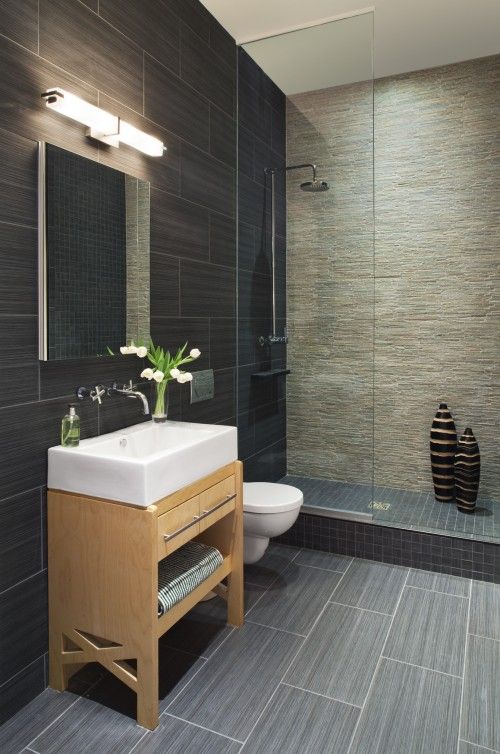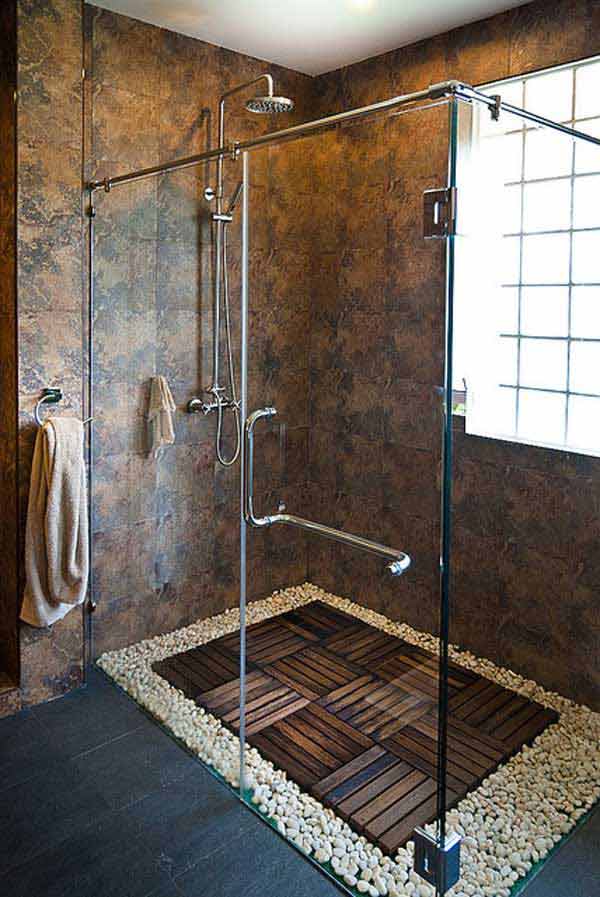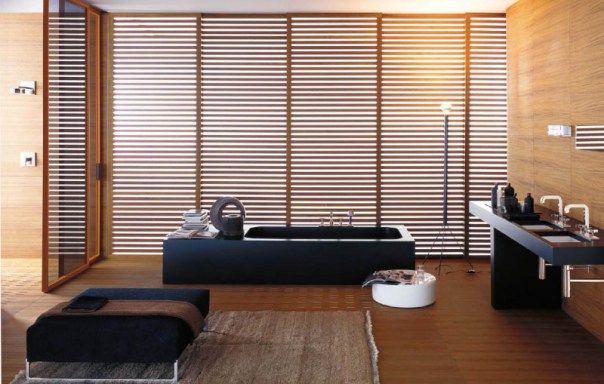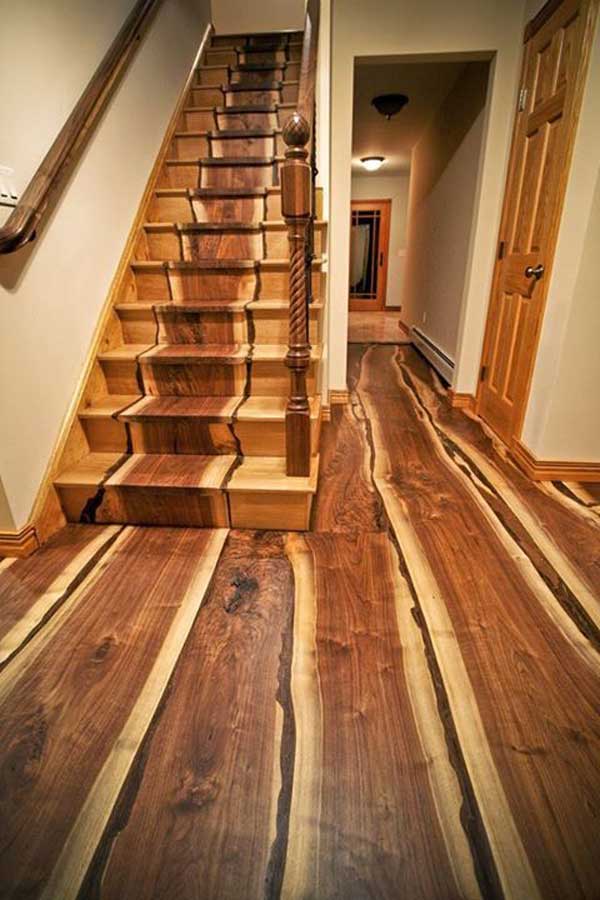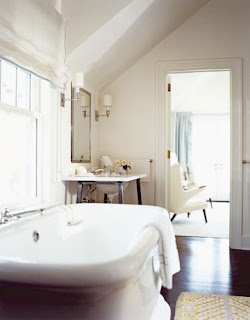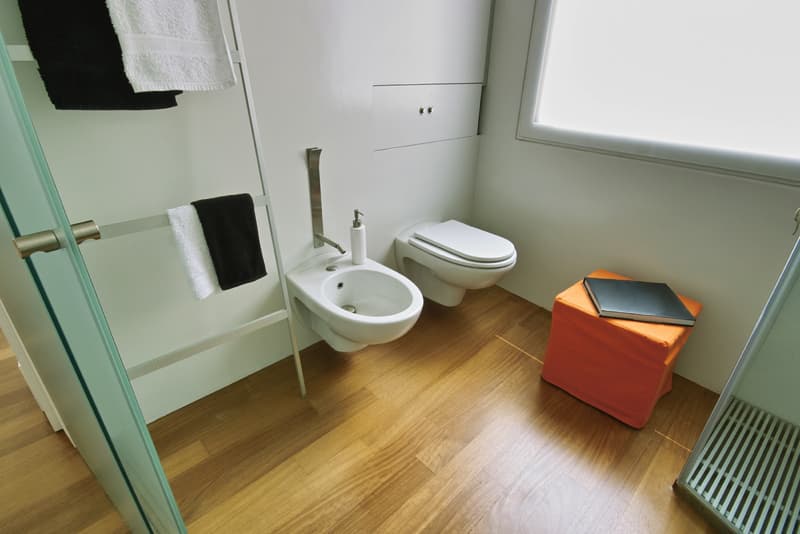Wood Floor Bathroom: A Stylish Yet Practical Choice
Wood floors in bathrooms offer a unique blend of warmth and elegance, transforming a utilitarian space into a cozy retreat. While traditionally considered risky due to moisture exposure, modern materials and sealing techniques make wood a viable option. Engineered hardwood, for instance, provides greater stability than solid wood, resisting warping and swelling. Proper installation, including moisture barriers and waterproof adhesives, ensures longevity. Homeowners can enjoy the timeless beauty of wood without compromising functionality. With the right precautions, a wood floor bathroom becomes a stunning focal point, blending natural aesthetics with practicality.
Choosing the Right Wood for Bathroom Floors
Not all wood types are suitable for bathrooms, so selecting the right material is crucial. Engineered hardwood is a top choice because its layered construction minimizes expansion and contraction. Teak, known for its natural water resistance, is another excellent option. Bamboo, though technically a grass, offers durability and moisture resistance when properly sealed. Avoid porous woods like pine, which are prone to damage in humid environments. Pre-finished wood with waterproof coatings adds an extra layer of protection. By carefully selecting the right wood species and finishes, homeowners can achieve a luxurious bathroom floor that withstands daily use.
Waterproofing and Maintenance Tips
To prevent water damage, proper sealing is essential for wood bathroom floors. Polyurethane or epoxy finishes create a protective barrier against spills and humidity. Regular maintenance, such as wiping up standing water immediately, prolongs the floor’s lifespan. Using rugs near sinks and tubs reduces direct exposure to moisture. Avoid harsh cleaners that strip the sealant; instead, opt for pH-neutral wood cleaners. Reapplying sealant every few years maintains protection. With diligent care, wood floors can thrive even in high-moisture environments, offering lasting beauty and durability.
Design Ideas for Wood Floor Bathrooms
Wood floors complement various bathroom styles, from rustic to modern. Lighter woods like oak or maple create an airy, Scandinavian-inspired look, while darker tones like walnut add sophistication. Pairing wood with stone or tile accents balances warmth and texture. For a cohesive design, match vanity cabinets or shelving to the floor’s finish. Heated flooring enhances comfort, preventing excess moisture buildup. Whether aiming for a spa-like retreat or a vintage charm, wood floors provide unmatched versatility in bathroom design.
Addressing Common Concerns About Wood in Bathrooms
Many worry about wood’s durability in wet conditions, but advancements in materials have mitigated these risks. Proper ventilation, such as exhaust fans, reduces humidity levels. Elevated subflooring prevents water from seeping into the wood’s core. Additionally, choosing matte or textured finishes minimizes slip hazards. While wood requires more upkeep than tile, its aesthetic appeal and warmth make it worth the effort. By understanding and addressing potential challenges, homeowners can confidently incorporate wood into their bathroom design.
Comparing Wood to Other Bathroom Flooring Options
Unlike cold tile or sterile vinyl, wood adds natural warmth to bathrooms. While ceramic and porcelain tiles are highly water-resistant, they lack the organic charm of wood. Luxury vinyl plank (LVP) mimics wood but doesn’t offer the same authenticity. Cork and concrete are alternatives but don’t match wood’s timeless appeal. Each material has pros and cons, but wood stands out for its ability to create a inviting, high-end atmosphere. For those prioritizing aesthetics without sacrificing functionality, wood is a compelling choice.
Cost Considerations for Wood Bathroom Floors
Wood flooring costs vary based on material, quality, and installation. Engineered hardwood is typically more affordable than solid wood, with prices ranging from 3to10 per square foot. Teak and exotic woods are pricier but offer superior durability. Professional installation ensures proper waterproofing, adding to expenses. However, wood’s longevity and visual appeal justify the investment for many. Budget-conscious homeowners can explore reclaimed wood or sales for cost-effective options. While not the cheapest choice, wood floors elevate a bathroom’s value and style.
Environmental Impact of Wood Bathroom Floors
Sustainable wood options, like FSC-certified or reclaimed lumber, reduce environmental impact. Bamboo grows rapidly, making it an eco-friendly alternative. Low-VOC finishes improve indoor air quality. Compared to synthetic materials, responsibly sourced wood has a smaller carbon footprint. Homeowners can enjoy beautiful floors while supporting sustainable practices. By choosing ethically harvested wood and eco-conscious sealants, it’s possible to create a stunning yet environmentally friendly bathroom.
Real-Life Examples of Stunning Wood Floor Bathrooms
Many designers successfully use wood in bathrooms, proving its practicality. Coastal homes often feature teak floors, embracing a nautical vibe. Modern designs pair light oak with minimalist fixtures for a sleek look. Rustic cabins use reclaimed wood for a weathered, charming aesthetic. These examples demonstrate wood’s adaptability across styles. With thoughtful planning, any bathroom can achieve a high-end, nature-inspired look using wood flooring.
Final Thoughts on Wood Floor Bathrooms
Wood floors bring unmatched warmth and character to bathrooms, challenging the notion that they’re unsuitable for wet areas. With proper material selection, sealing, and maintenance, wood can thrive in humid environments. Whether aiming for a luxurious spa aesthetic or a cozy cottage feel, wood offers endless design possibilities. By weighing the pros and cons and taking preventive measures, homeowners can enjoy the beauty of wood floors without compromising functionality. This trend continues to grow, proving that wood belongs in the bathroom.
grey natural stone bathroom tiles ideas
Wood tile bathroom, Wood look tile bathroom, Wood tile shower
Amazing Ideas Adding River Rocks To Your Home Design Architecture & Design
Hardwood floor in the Bathroom – Decoholic
Amazing Floor Design Ideas For Homes Indoor & Outdoor Architecture & Design
Home Classic Art Deco Floor Tile 41 Floor tile design, Floor design, Modern flooring
Haven and Home: Wood Bathroom Floors, What Do You Think?
Bathroom Laminate Flooring
Related Posts:





